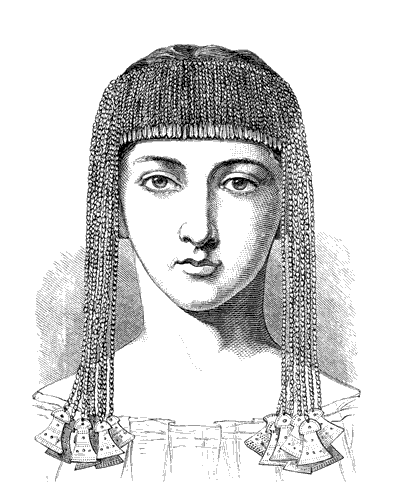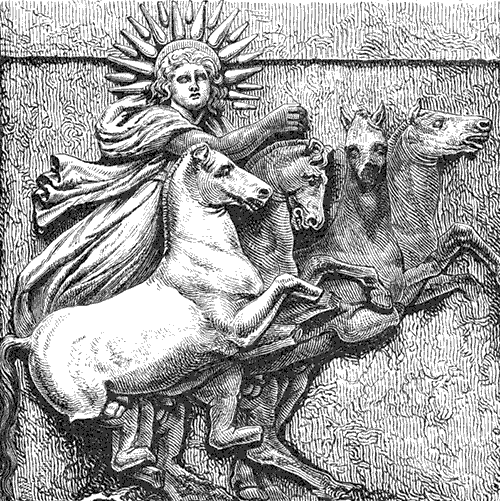Before Schliemann began his archaeological investigations at Hissarlik in 1870, many scholars believed that Troy was a mere figment of Homer’s imagination. The story of the Trojan War, as it was described in the Iliad and the Odyssey, lacked corroboration from reliable historical sources, and the ancient city’s geographical position had never been determined.
Excavating entirely at his own expense, Schliemann discovered multiple cities built one above the other after periodic destruction by earthquake, fire, or war. The golden treasure he found there dazzled the world and led to an understanding of the historical period now known as the Bronze Age.
The present volume is Schliemann’s own account of his discoveries at Troy, including a brief but fascinating autobiographical sketch. He also replies to critics of his decision to deceive the Turkish authorities, smuggling his discoveries to safety in the west. He defends his actions on the grounds that these objects belong in museums, not in the black market of international antiquities—their probable fate had they remained in Turkey.
Readers of this book may also be interested in Tree of Life, Mythical Archetype, by Gregory Haynes, also published by Symbolon Press. That volume contains a Foreword by Michael Witzel, PhD, Wales chair of Sanskrit at Harvard University. Haynes presents persuasive evidence that the symbols found by Schliemann at Troy represent elements of the ancient Tree of Life cult, which is known to have been worshipped
widely in antiquity.
Front cover: A stone relief from Argos depicting the goddess Hera. Terme Museum, Rome
Troy and Its Remains contains over 500 illustrations.

This illustration from Troy and Its Remains by Heinrich Schliemann shows his wife, Sophie, wearing a golden diadem found on the site of Troy. In his enthusiasm, Schliemann believed this to be part of the treasure that had once belonged to King Priam. Later research suggests that this object was found in a strata much older than that which bears artifacts from the time of the Trojan War.

Another illustration from Troy and Its Remains by Heinrich Schliemann shows the god Apollo astride four horses as depicted on a stone stela.

